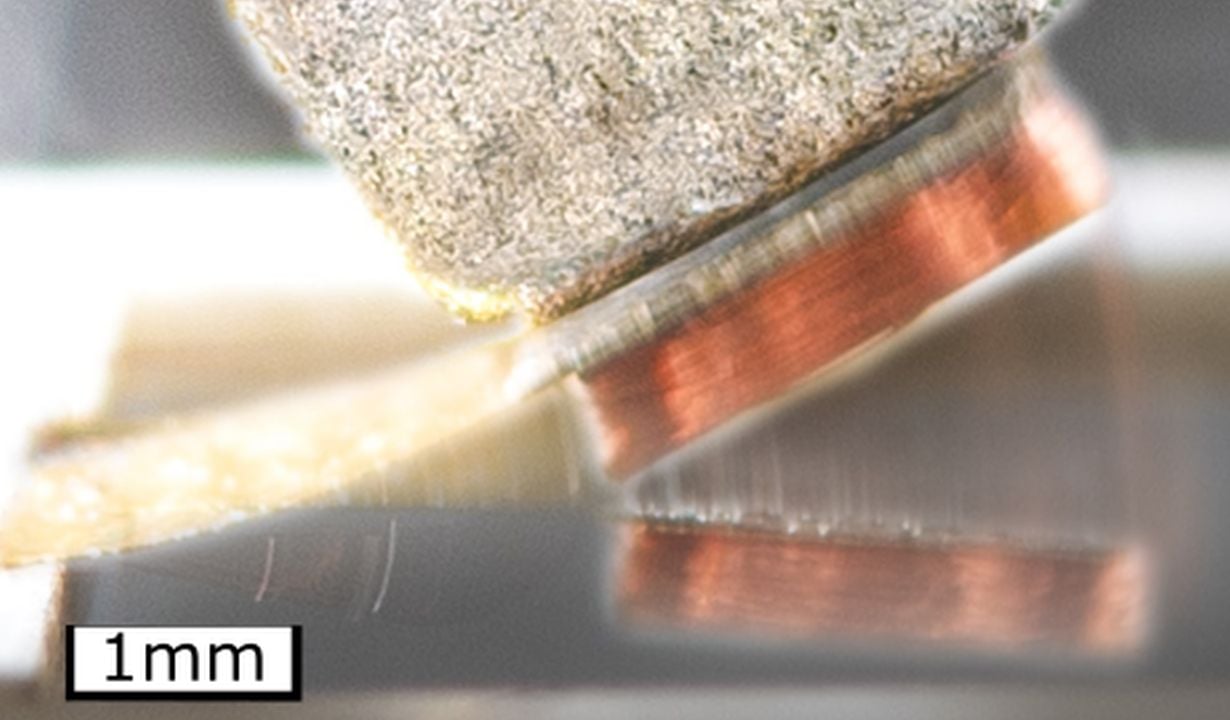
Waste heat, such as from heating systems, usually just dissipates. It heats up basement rooms and their industrial surroundings unnecessarily without providing any benefit. However, a sustainable energy supply includes incorporating this waste heat into the energy supply. German and Japanese scientists have now come a big step closer to the goal of converting excess heat into electricity at low temperature differences.
In many technical processes, only part of the energy input is used. A varying amount of the remainder leaves the system as residual heat, which in turn could itself be used to provide heat or generate electricity if it did not go unused. The higher the temperature of this waste heat, the easier and more cost-effective it would be to utilize it. But there is also a way to use low-temperature waste heat, namely through thermoelectric generators that convert the heat directly into electricity. So far, however, this poses a problem: thermoelectric materials are expensive and sometimes toxic. Thermoelectric generators also require large temperature differences to achieve a relatively small effect.
Thermomagnetic instead of thermoelectric
But there is an alternative. As early as the 19th century, researchers introduced the first concepts for thermomagnetic generators. In the meantime, such generators, which are based on alloys whose magnetic properties are strongly temperature-dependent, represent a promising alternative to thermoelectric generators. In this case, the changing magnetization in an applied coil induces an electric voltage. The catch, however, is that the electrical output of these generators has so far left much to be desired.
Additional articles on the use of waste heat
Scientists at KIT‘s Institute of Microstructure Technology (IMT) and at Tōhoku University in Japan have now succeeded in significantly increasing the electrical output of thermomagnetic generators in relation to their footprint. “With the results of our work, thermomagnetic generators can compete with established thermoelectric generators for the first time,” says Professor Manfred Kohl, head of the Smart Materials and Devices research group at KIT’s IMT. “We have thus come much closer to the goal of converting waste heat into electricity at small temperature differences.” The team’s work is the cover topic in the current issue of the energy research journal Joule.
The vision: waste heat utilization close to room temperature
As thin films in thermomagnetic generators, magnetic intermetallic compounds known as Heusler alloys enable a large temperature-dependent change in magnetization and rapid heat transfer. This is the basis for the novel concept of resonant self-actuation, the researchers explained. Even with small temperature differences, the devices could be excited to resonant oscillations that could be efficiently converted into electricity, they said.
However, the electrical performance of individual devices is low, they said, and upscaling depends primarily on material development and construction. In their work on a nickel-manganese-gallium alloy, the German and Japanese researchers found “that the thickness of the alloy layer and the footprint of the device influence the electrical performance in opposite directions.” Based on this finding, they were able to increase the electrical output by a factor of 3.4 relative to the footprint. To do this, they increased the thickness of the alloy layer from five to 40 micrometers.
As a result, the thermomagnetic generators achieved a maximum electrical output of 50 microwatts per square centimeter with a temperature change of only three degrees Celsius. “These results pave the way for the development of customized thermomagnetic generators connected in parallel with the potential to utilize excess heat close to room temperature,” Kohl explains.
Cover photo: Thermomagnetic generators are based on magnetic thin films with strongly temperature-dependent properties. © IMT/KIT








